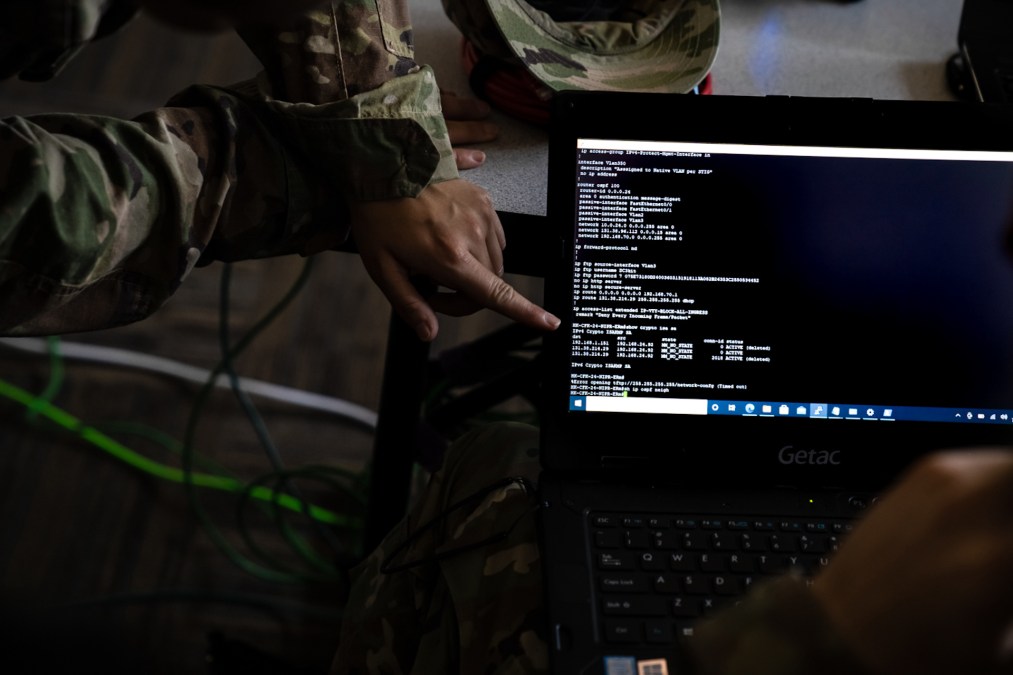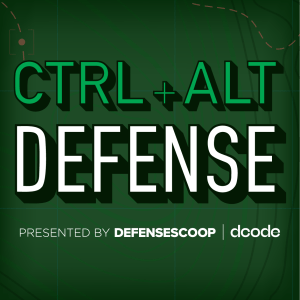DOD CIO solicits industry to inform revamp of ‘cumbersome’ cybersecurity risk framework

The Defense Department’s Office of the Chief Information Officer has officially kicked off its effort to improve how the Pentagon manages cybersecurity risks with advanced automation and continuous monitoring capabilities.
The DOD CIO published a request for information Wednesday on Sam.gov calling for industry’s input on emerging technologies, solutions and business practices that can support the department’s attempt to revamp the Risk Management Framework (RMF). The initiative largely seeks to replace the legacy framework with a multi-phased construct that will be demanding for cyber and acquisition professionals. Officials are hoping to speed up capability delivery to warfighters.
“Although RMF enhances security through continuous monitoring and risk-based decision-making, it’s often seen as slow and cumbersome,” the RFI stated. “To meet the urgent demands of modern cyber threats and accelerate innovation, the DoD is working to streamline the RMF process — aiming for greater efficiency without compromising on security.”
While the framework has guided the Defense Department’s acquisition process for its military networks, weapon systems and other critical IT infrastructure for decades, the RMF has come under scrutiny in recent months by senior leadership. Since returning to the department in March to perform the duties of Pentagon CIO, Katie Arrington has repeatedly stated in public forums that she is “blowing up the RMF” and other bureaucratic processes known to stifle innovation.
“The RMF is archaic, it’s a bunch of paperwork,” Arrington said in April at the UiPath on Tour Public Sector event. Along with the RMF Revamp, she recently initiated a related effort called the Software Fast Track (SWFT) program that aims to streamline acquisition of on-premises software capabilities.
The RMF was designed to let the department integrate controls throughout a system’s lifecycle, including cybersecurity, operational resilience and supply chain risk management. Ensuring a system is RMF compliant is a seven-step process that results in receiving an authorization to operate (ATO) on Pentagon networks.
However, the entire framework can take weeks to over a year to complete. Even then, a military system with an ATO is required to have it renewed every three years.
According to the request for information, the CIO is considering a new “Risk Management Construct” that outlines specific actions to take across five phases of a system’s development cycle — design; build, or initial operational capability; test, or full operational capability; onboarding; and operations. The first four phases also include recommendations on where to use automation, such as by integrating a continuous-integration/continuous-delivery pipeline in the build phase or automatic vulnerability remediation during onboarding.
The document also asks industry to answer a series of questions regarding technologies and best practices the Pentagon could employ to enhance the RMF process, limit redundant compliance efforts and improve reciprocity across the department.
“Key areas of interest include [artificial intelligence-driven] cybersecurity tools, security control inheritance, artifact reuse, continuous monitoring solutions, proactive cyber defense mechanisms, security testing frameworks, and risk assessment models that support rapid integration of automation, monitoring, and active threat mitigation within cybersecurity programs,” the RFI stated.
Responses — due by July 24 — will inform the CIO’s strategy moving forward.






